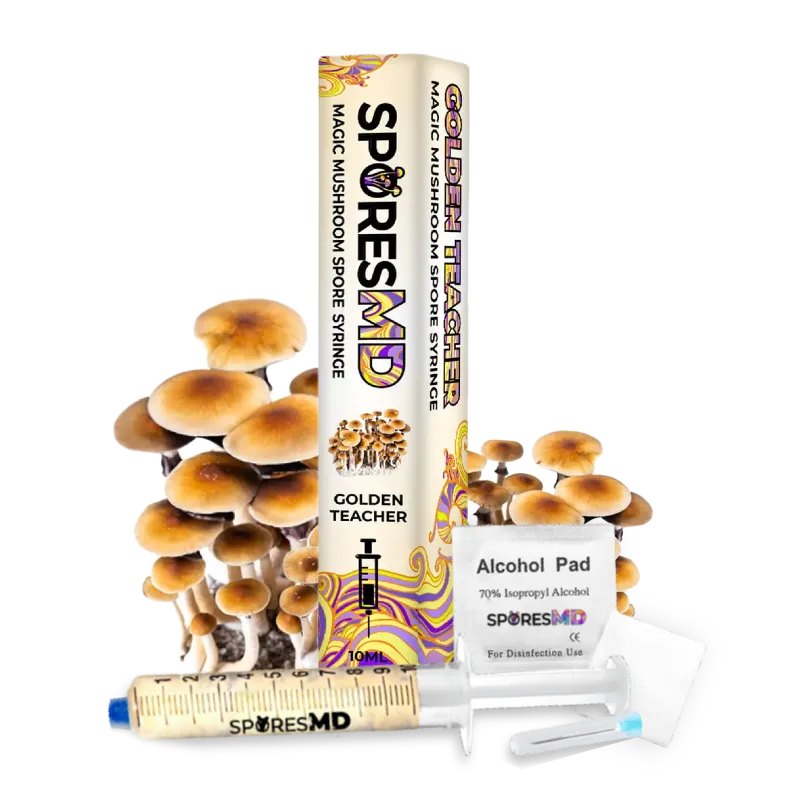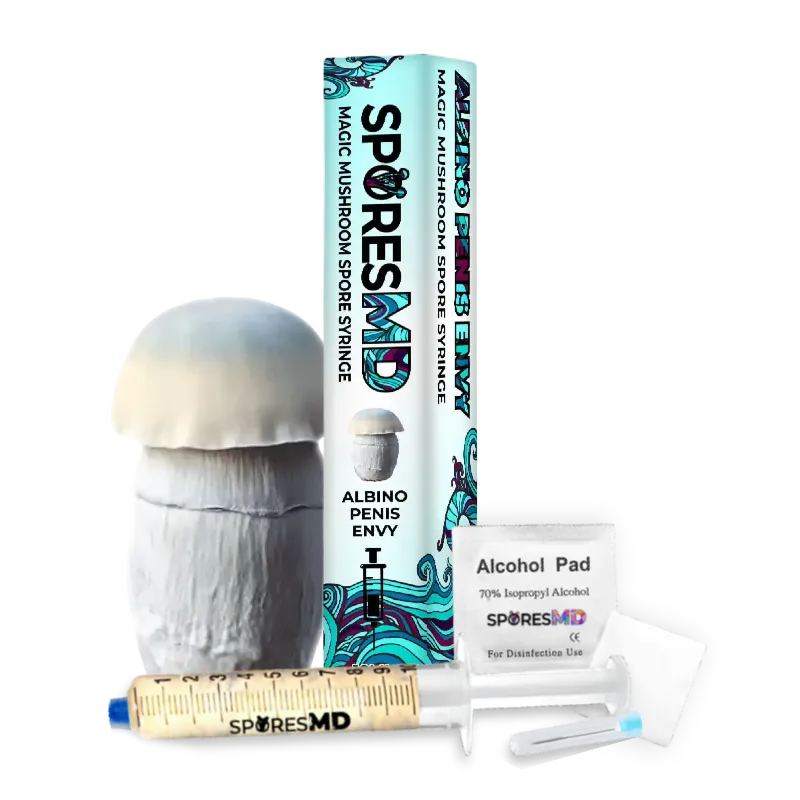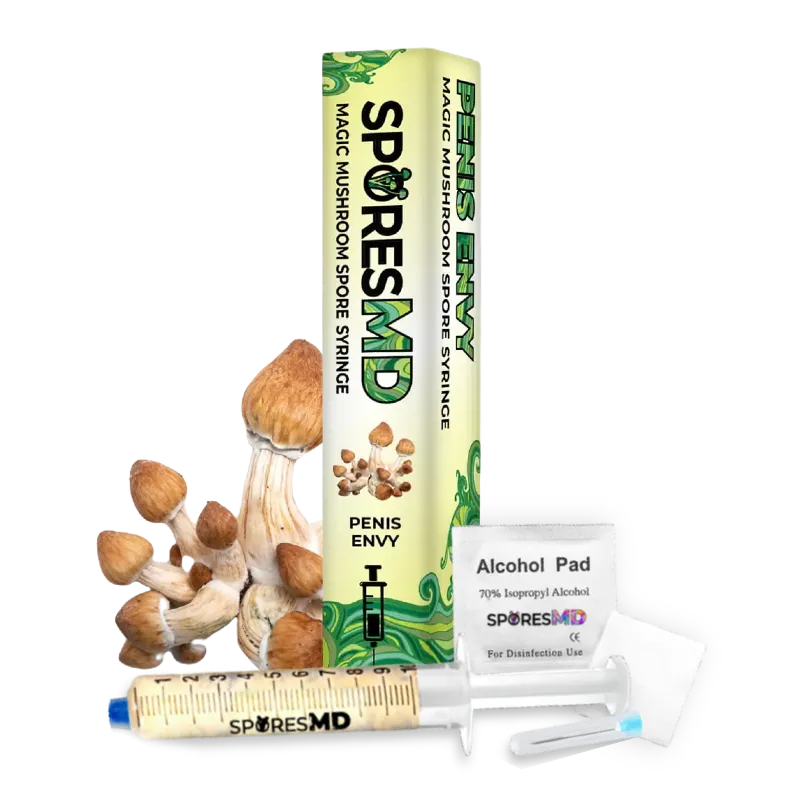Mushroom spores are tiny. They range from 3 to 40 microns. This small size plays a big role in fungi reproduction.
Understanding spore size is crucial. It helps in identifying different mushroom species. You need a microscope to see them clearly.
Whether you’re a mycology enthusiast or just curious, exploring mushroom spores opens up a fascinating world. Dive in and discover how these microscopic wonders contribute to nature.
Purchase your mushroom spore syringes from
Key Takeaways
- Mushroom spore size: Mushroom spores range from 3 to 40 microns, requiring microscopy for observation.
- Species identification: Understanding spore size is crucial for identifying various mushroom species.
- Influencing factors: Spore size is influenced by species type, environmental conditions, and developmental stages.
- Measurement techniques: Use microscopy methods, including light and electron microscopy, to measure and observe spores.
- Practical applications: Knowledge of spore size aids in mycological research, cultivation practices, and ecological studies.
Understanding the Size of Mushroom Spores
Mushroom spores’ sizes range from 3 to 40 microns. To visualize this, these spores are much smaller than the width of a human hair. Understanding spore size is crucial for identifying different mushroom species.
Factors Influencing Spore Size
Several factors influence the size of mushroom spores:
- Species Type: Different mushroom species produce spores of varying sizes.
- Environmental Conditions: Factors like humidity, temperature, and light can affect spore size.
- Developmental Stage: Spore size may change as the fungi develop and mature.
According to Pringle et al. (2005), specific conditions can alter both the morphology and dispersal mechanisms of these spores.
Comparison Across Different Species
Various mushroom species produce spores within distinctive size ranges:
- Basidiomycota: Spores range from 5 to 12 microns.
- Ascomycota: Known for larger spore sizes, often 10 to 30 microns.
- Gasteromycetes: Spores can be as large as 40 microns.
For example, “Agaricus bisporus” spores are typically 5 to 8 microns, whereas “Calvatia gigantea” can reach 40 microns.
Observing and Measuring Spores
To observe and measure mushroom spores:
- Use a microscope with at least 400x magnification.
- Stain the spores to make them more visible.
- Utilize a calibrated eyepiece micrometer for precision.
Practical Applications
Understanding spore size assists in:
- Mycological Research: Helps in species identification.
- Cultivation Practices: Ensures optimal growing conditions.
- Ecological Studies: Aids in understanding fungal distribution and impact.
Stolze-Rybczynski et al. (2009) showed how precise spore measurements contribute to advancements in fungal research.
By knowing the size of mushroom spores, you’ll appreciate the vast diversity and adaptability of fungi. Check our resources for further exploration.
Measurement Techniques for Spore Size
Microscopy Methods
Microscopes are fundamental for measuring mushroom spores. Specialty lenses like the 400x magnification lens reveal the fine details of spore size and shape. You can enhance the observation by applying stains that make spores more visible.
- Light Microscopy: Offers basic visualization. Ideal for quick, general measurements.
- Electron Microscopy: Provides detailed spore surface imaging. Useful for precise sizing and structural studies.
Stolze-Rybczynski et al. (2009) recommend using light microscopy for initial measurements.
Advanced Imaging Techniques
Advanced imaging techniques give you an edge in spore analysis. High-speed video microscopy, though not commonly used for all species, offers insights into the dynamics of spore discharge.
- Confocal Microscopy: Allows high-resolution imaging with thin optical sections.
- Fluorescence Microscopy: Uses dyes that bind to specific spore structures for enhanced visibility.
Species like Aleurodiscus gigasporus and Hyphodontia latitans are examples where advanced techniques help understand spore discharge mechanics (Yafetto et al., 2008).
Use these methods to gain precise spore measurements. Leverage the insights for mycology research, cultivation, and ecological studies.
Implications of Spore Size
Role in Fungal Reproduction
Spore size directly impacts fungal reproductive strategies. Smaller spores, around 4 μm like those of Hyphodontia latitans, can travel long distances by wind, increasing their dispersal range. Larger spores, such as those of Aleurodiscus gigasporus, approximately 2 mm, often rely on animal vectors for transport. This size difference influences the type of habitats fungi can colonize, affecting their ecological roles.
Several fungi utilize explosive mechanisms to discharge spores. For example, Ascospores ejected from pressurized asci can travel many centimeters (Ingold 1971). Sphaerobolus employs a snap-buckling mechanism, propelling spores up to 6 meters (Yafetto et al. 2008). These methods showcase varied strategies across species.
Significance for Mycology Research
Understanding spore size is crucial for mycologists studying fungal ecology and evolution. Smaller spores can reveal insights into airflow patterns, while larger spores offer clues about animal interactions. Advanced imaging techniques like confocal microscopy provide precise measurements, aiding in identifying species and understanding their reproductive behaviors.
Measurement techniques also impact research outcomes. Light microscopy, electron microscopy, and fluorescence microscopy each offer unique advantages, helping researchers obtain detailed spore images.
The data from such studies are essential for fungal cultivation and ecological assessments.
Conclusion
Grasping the intricacies of mushroom spore sizes is vital for anyone delving into mycology. By utilizing advanced microscopy techniques and precise measurements you’re better equipped to identify species and understand their reproductive strategies. This knowledge not only aids in fungal research but also enhances our comprehension of fungal ecology and evolution. Whether you’re a seasoned mycologist or a curious enthusiast understanding spore sizes opens up a fascinating world of discovery and scientific inquiry.

![How Big Are Mushroom Spores? [A Detailed Look at Measurement and Impact on Fungi]](https://sporesmd.com/wp-content/uploads/2024/01/how-big-are-mushroom-spores.webp)



